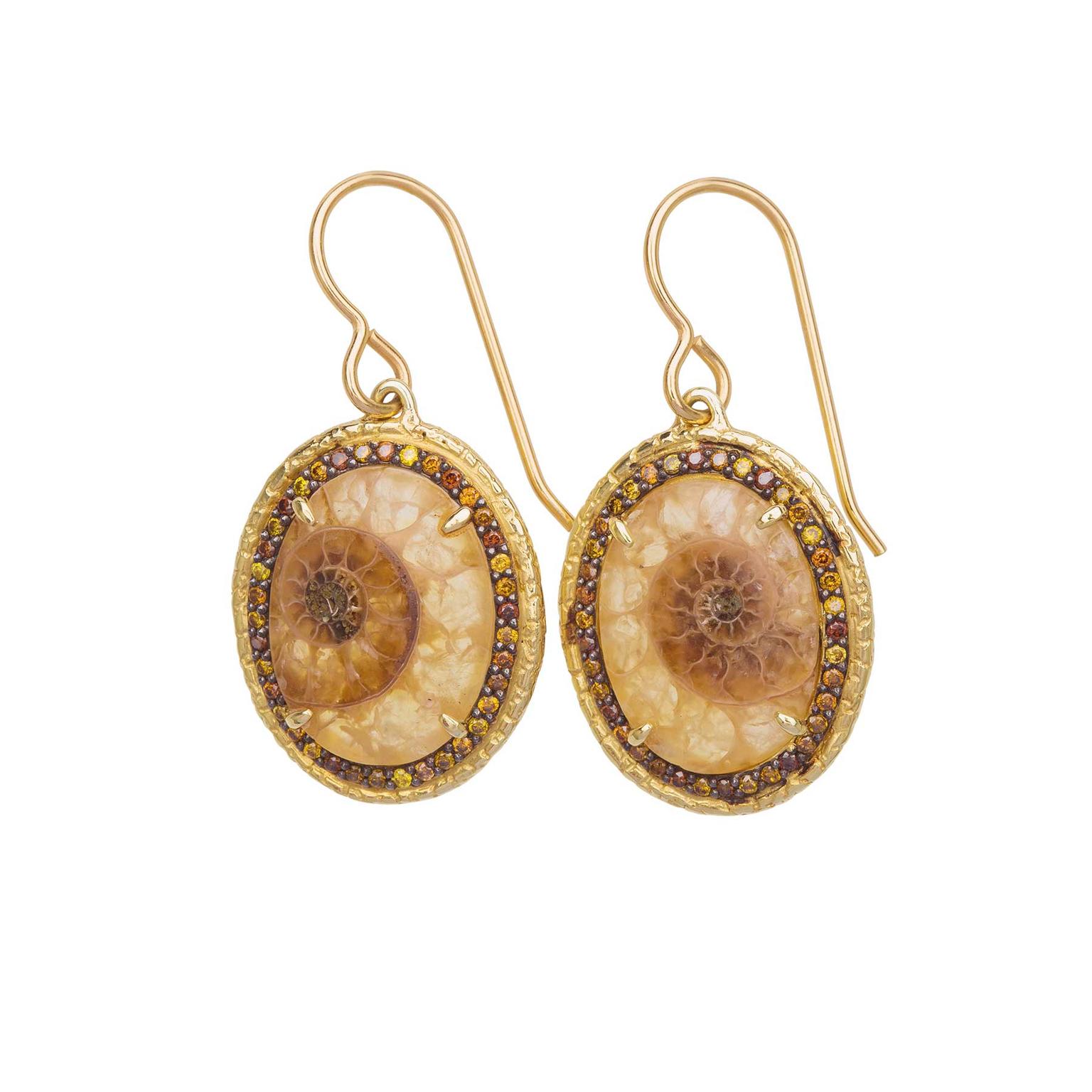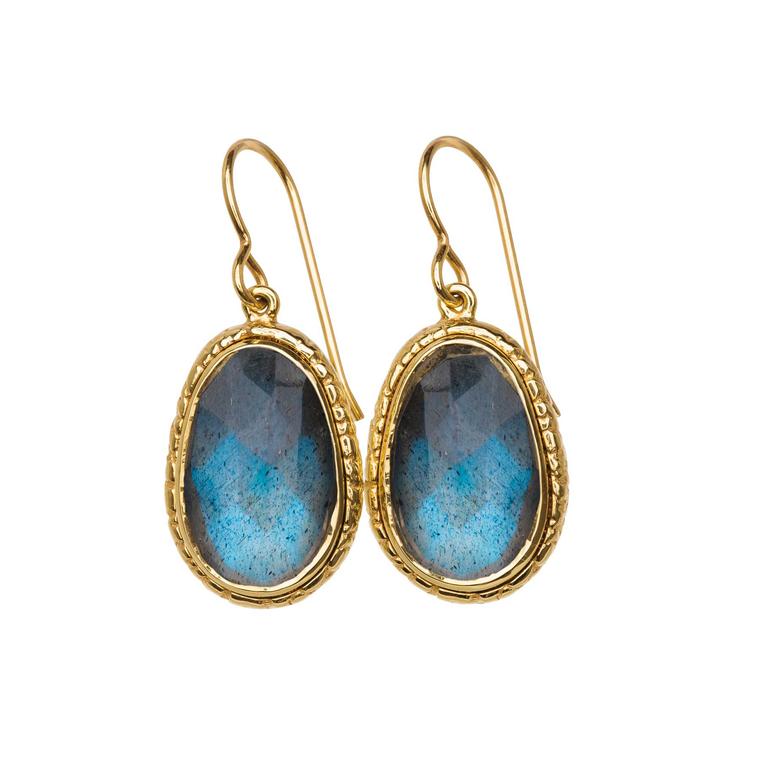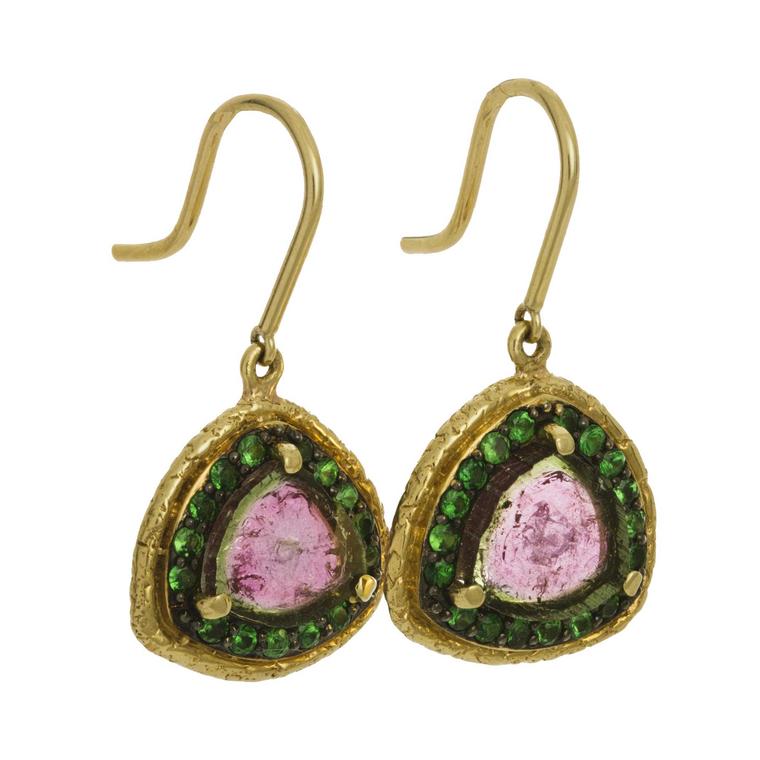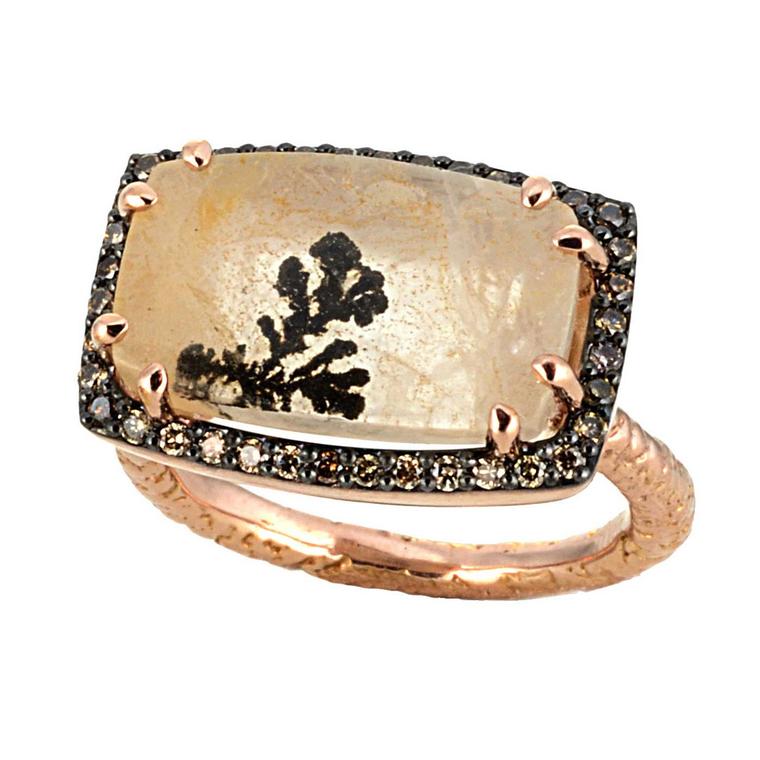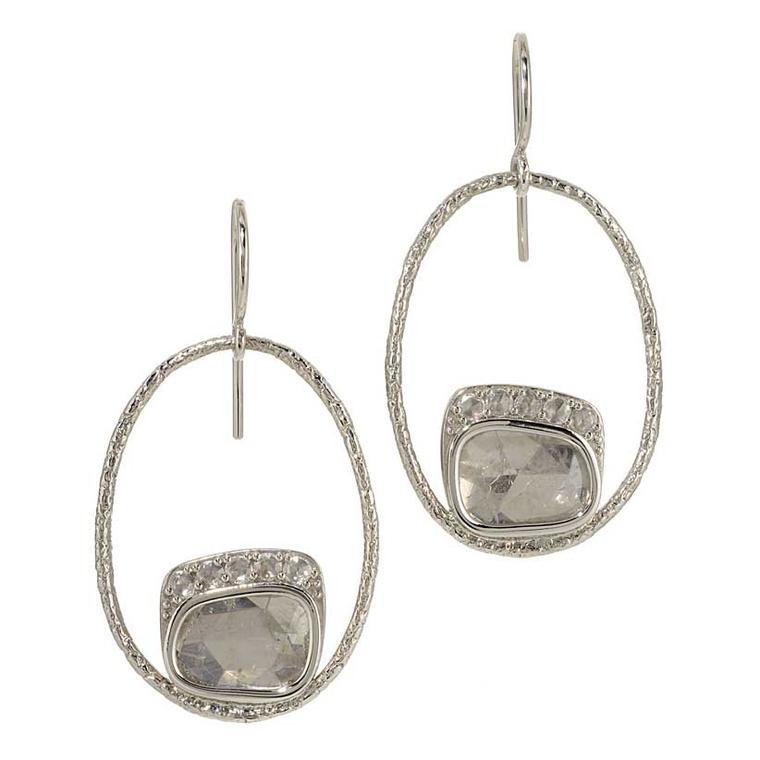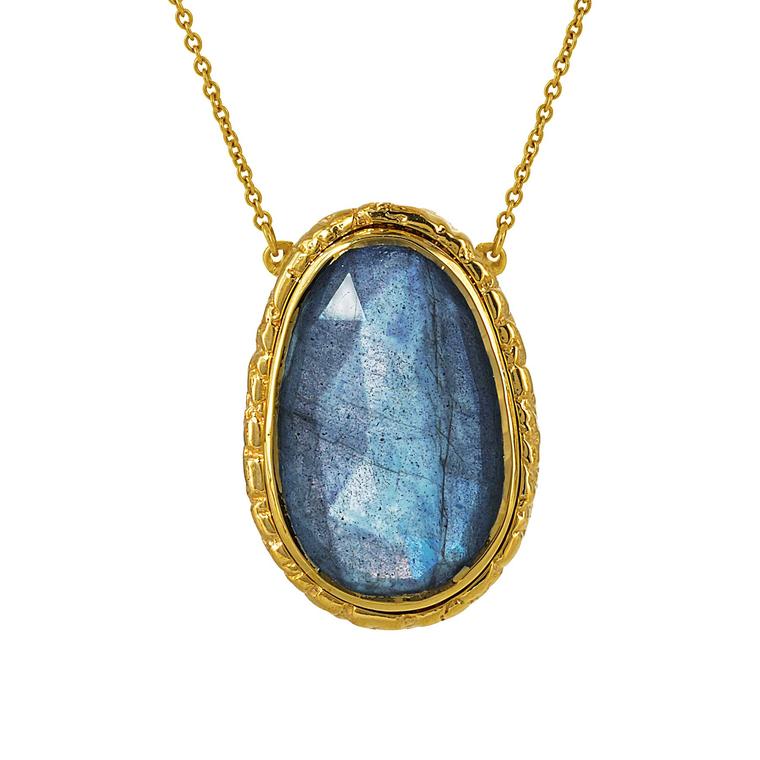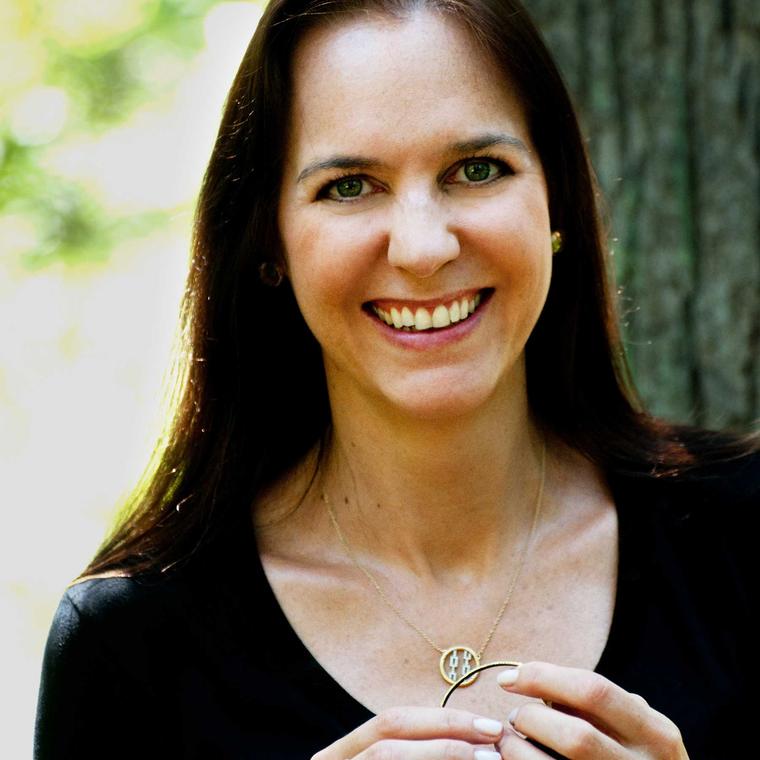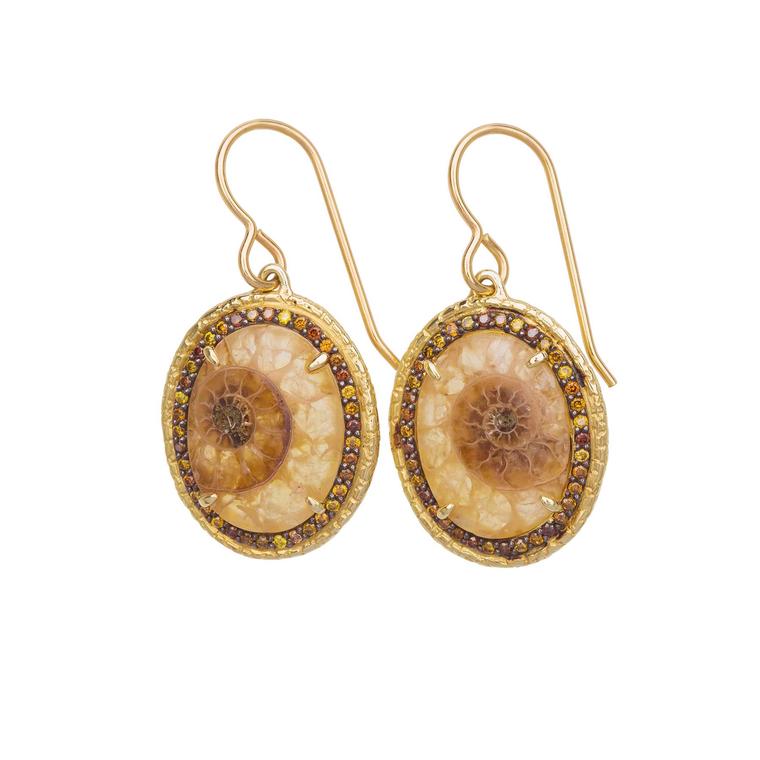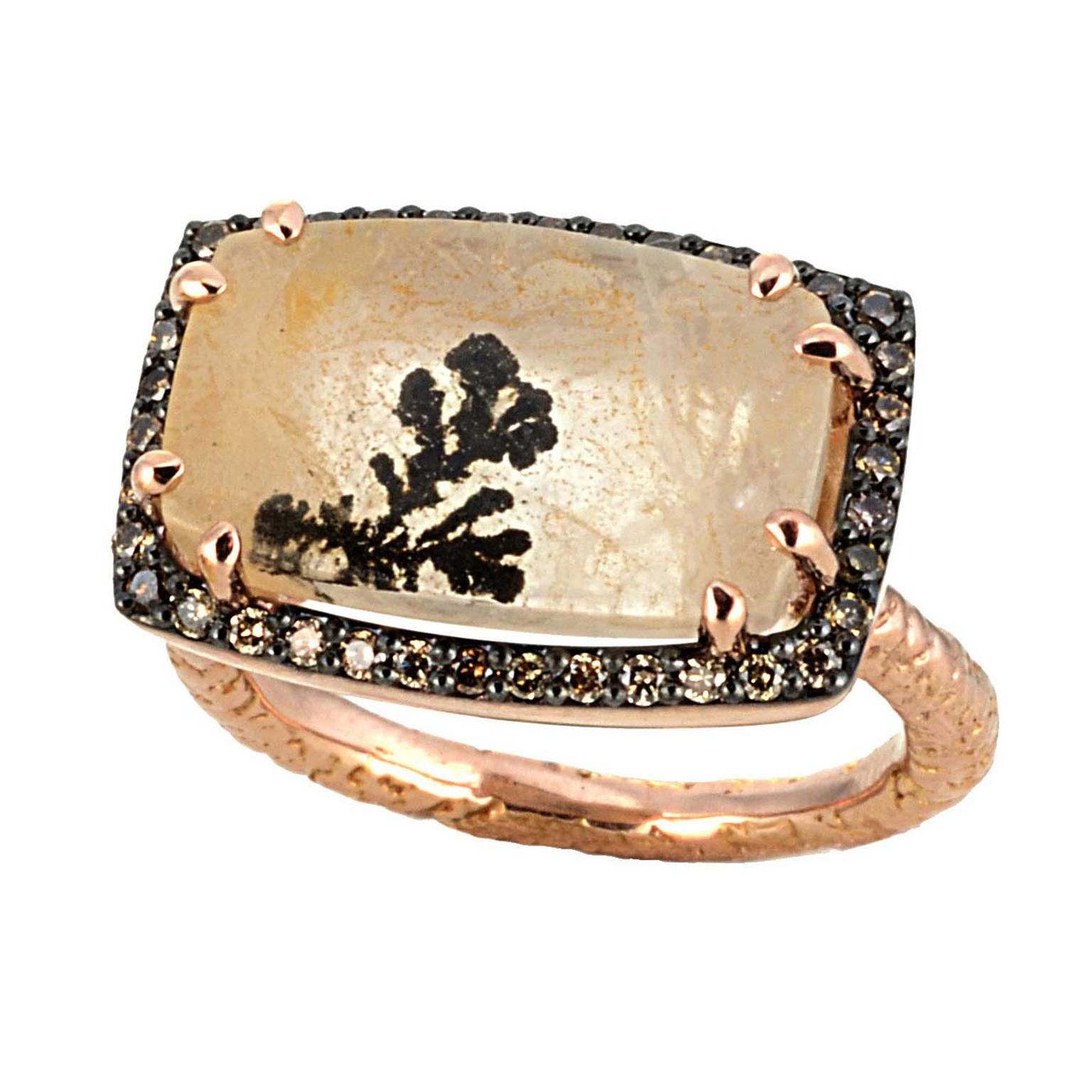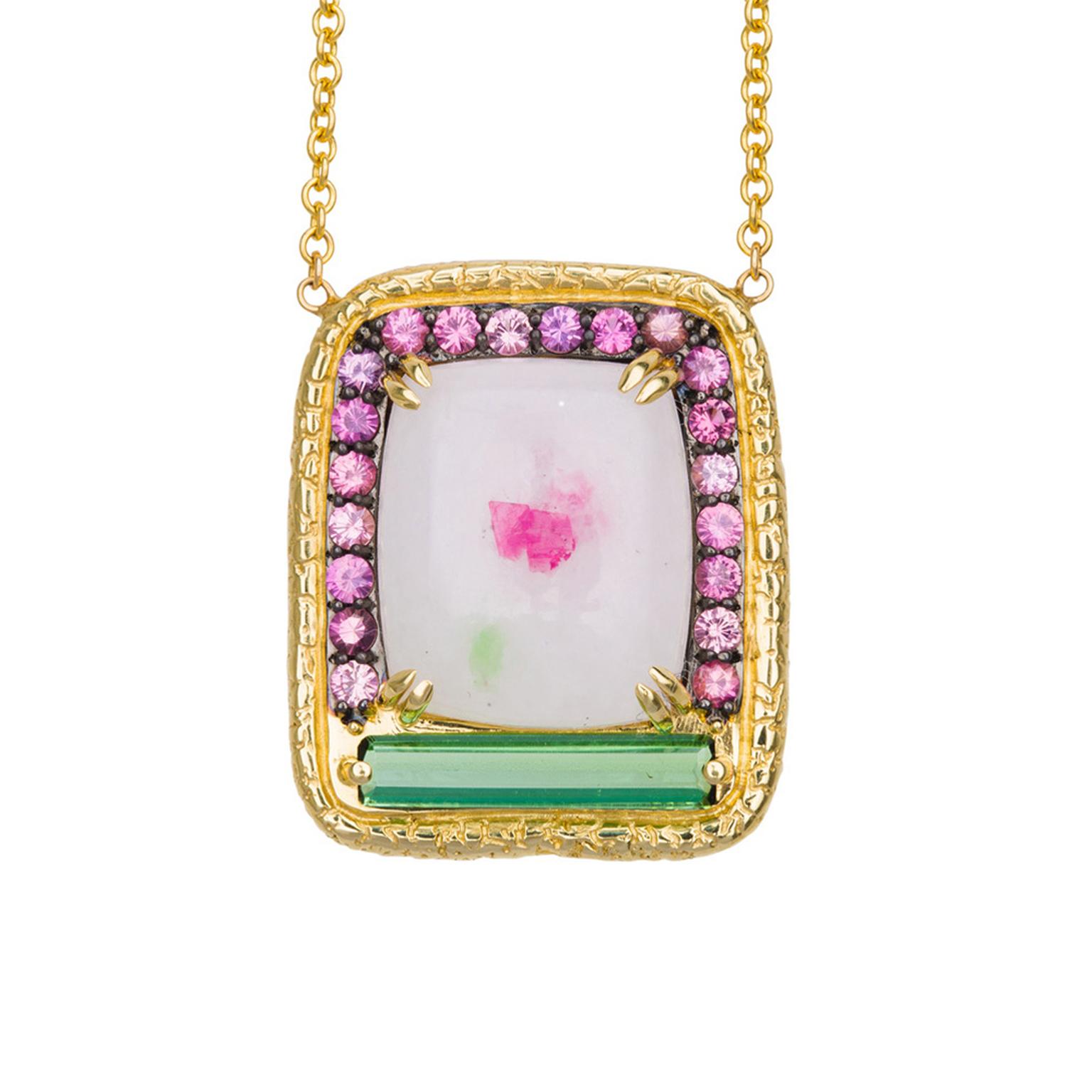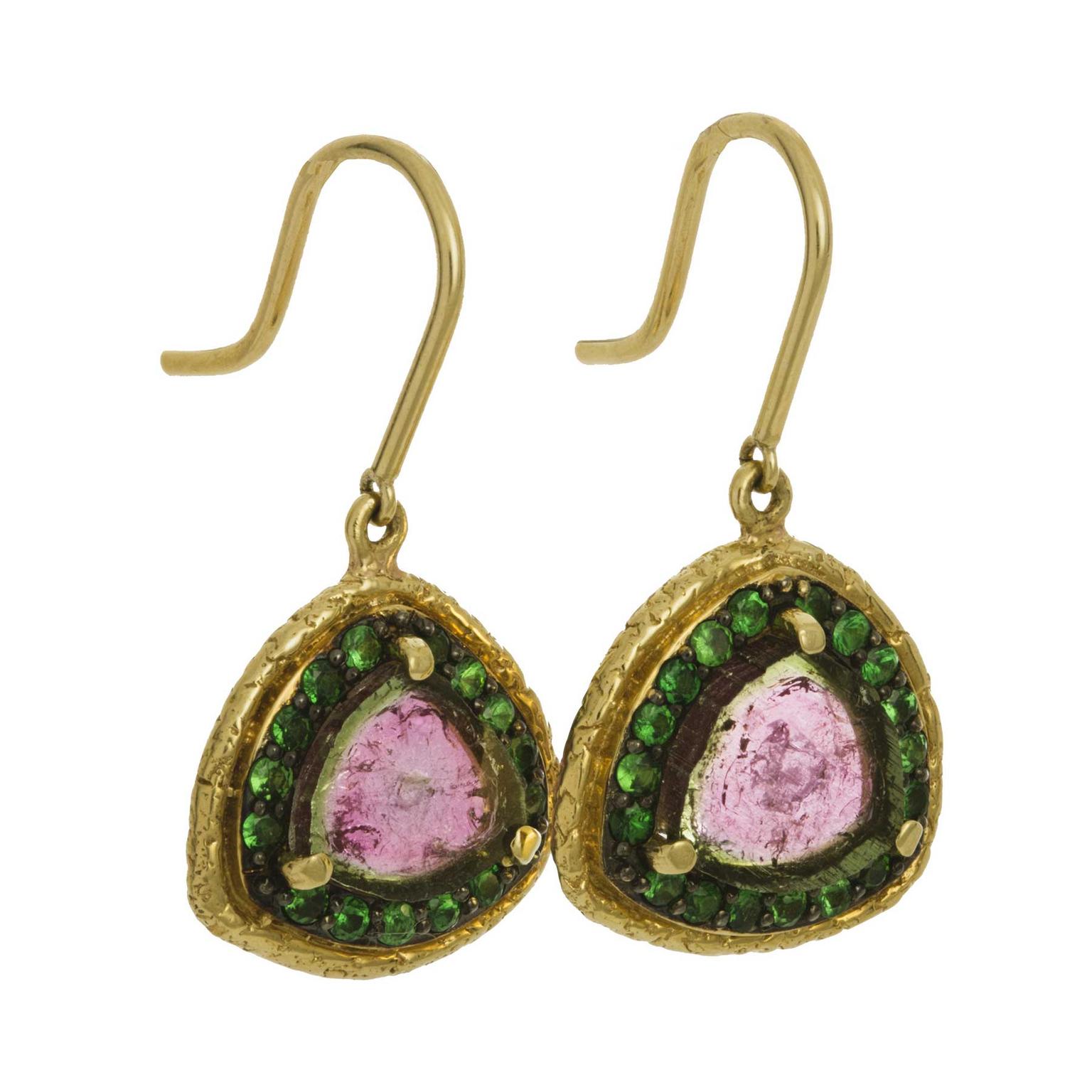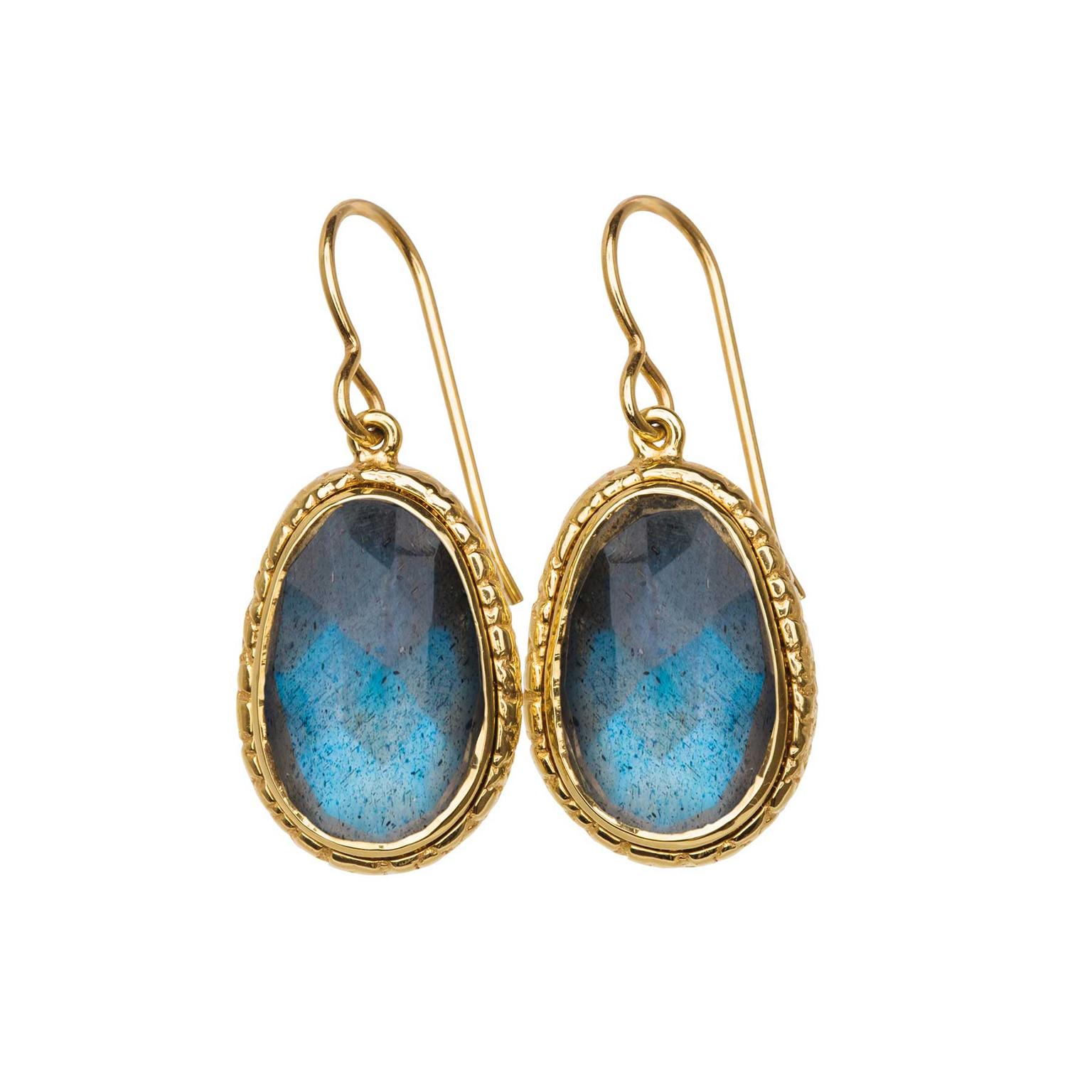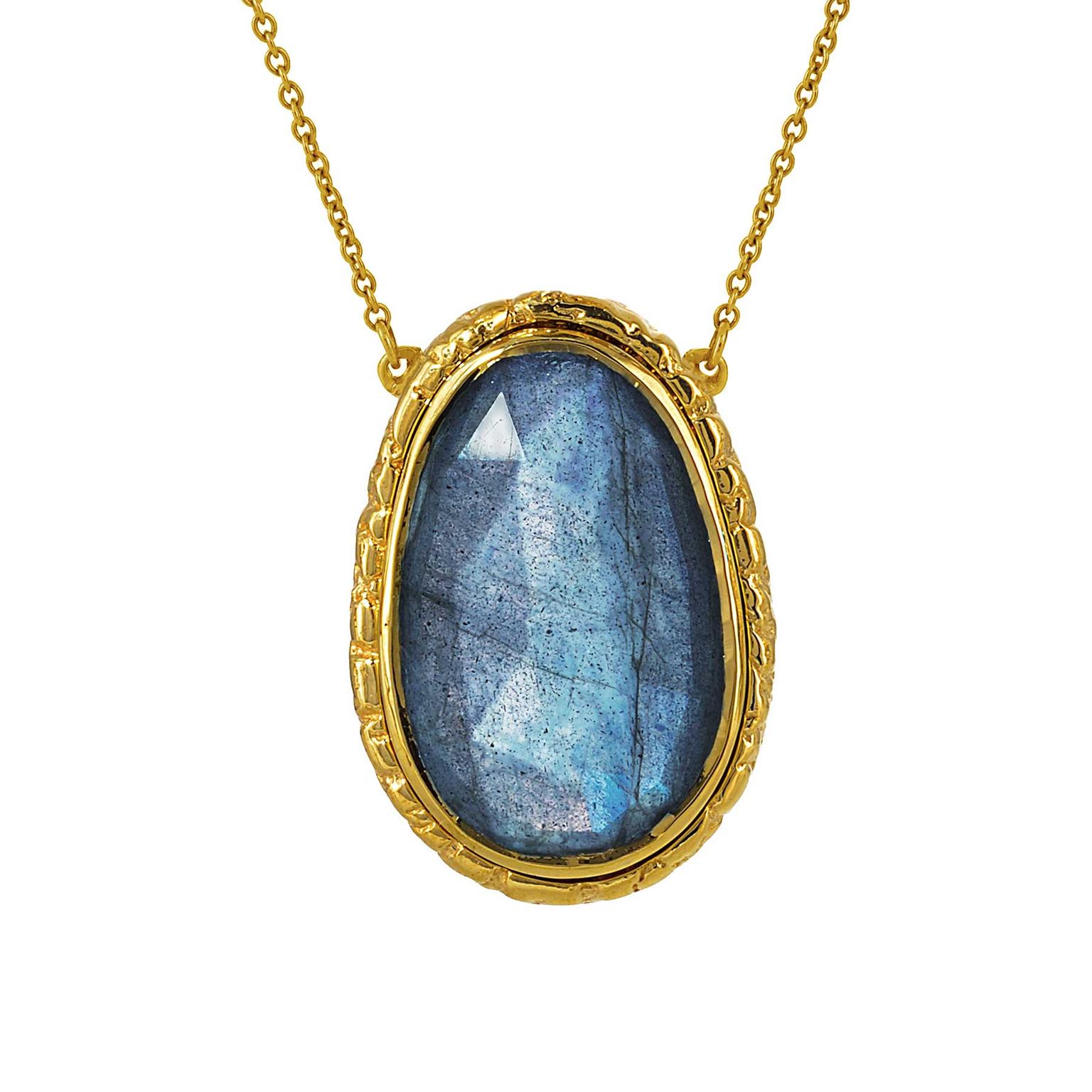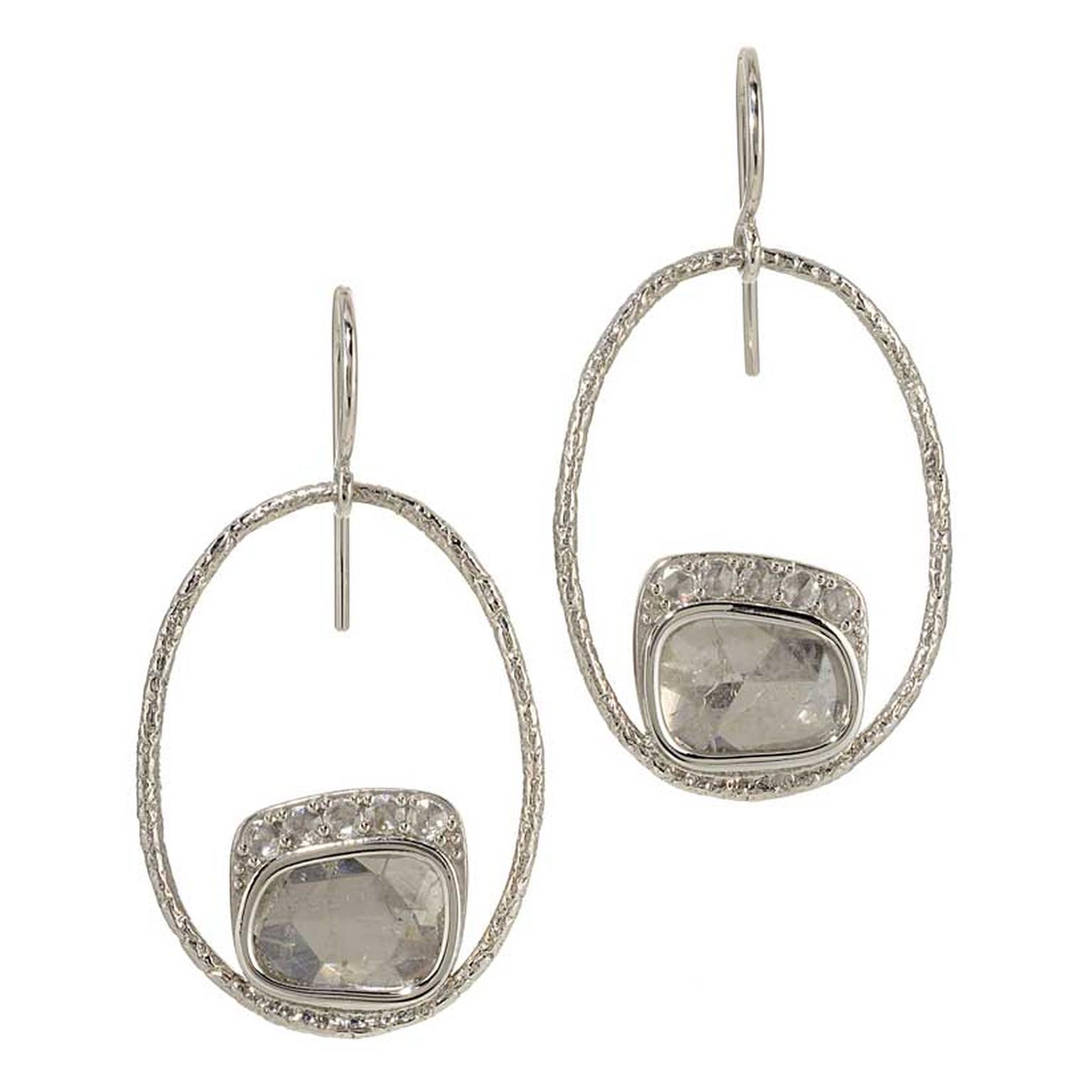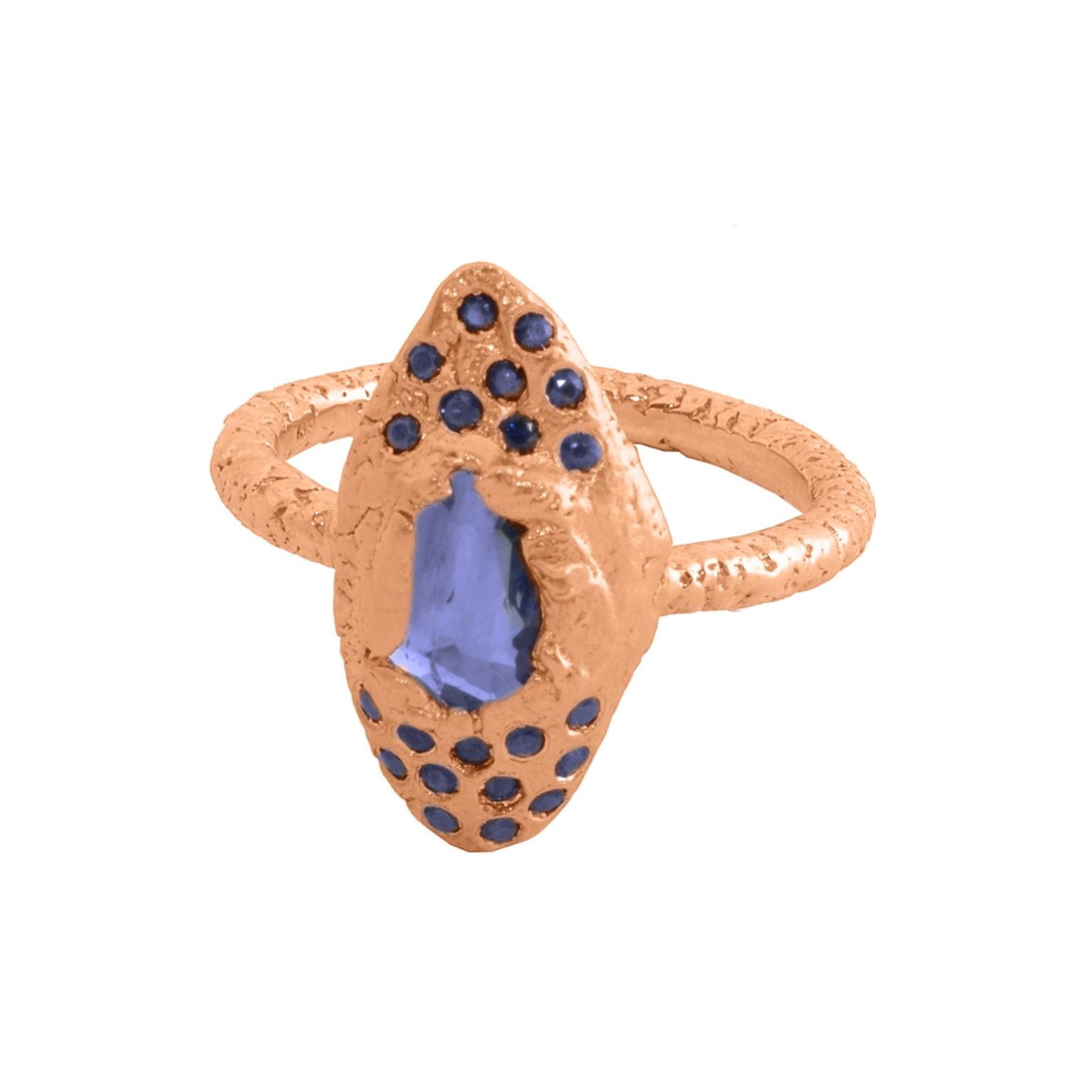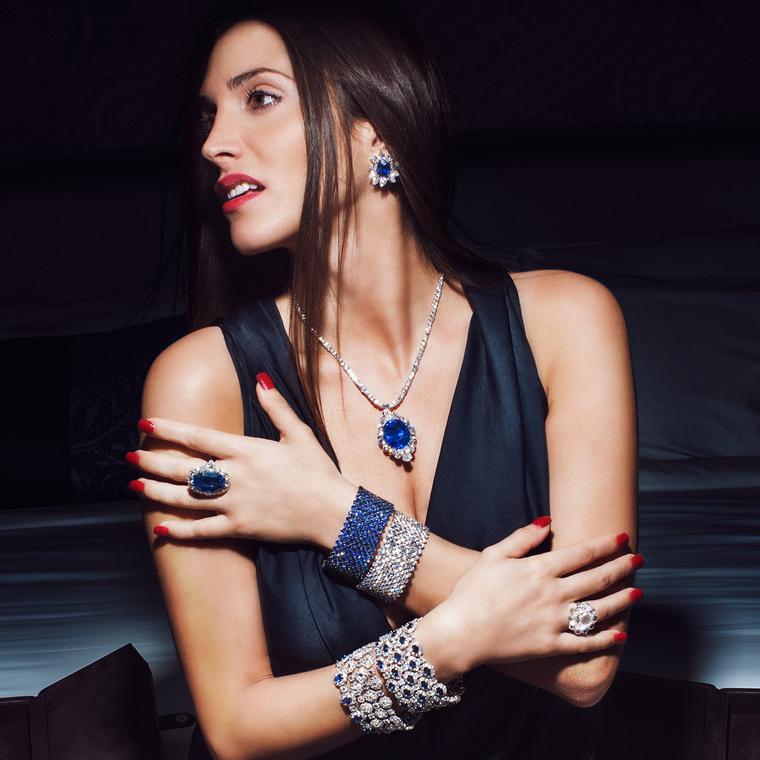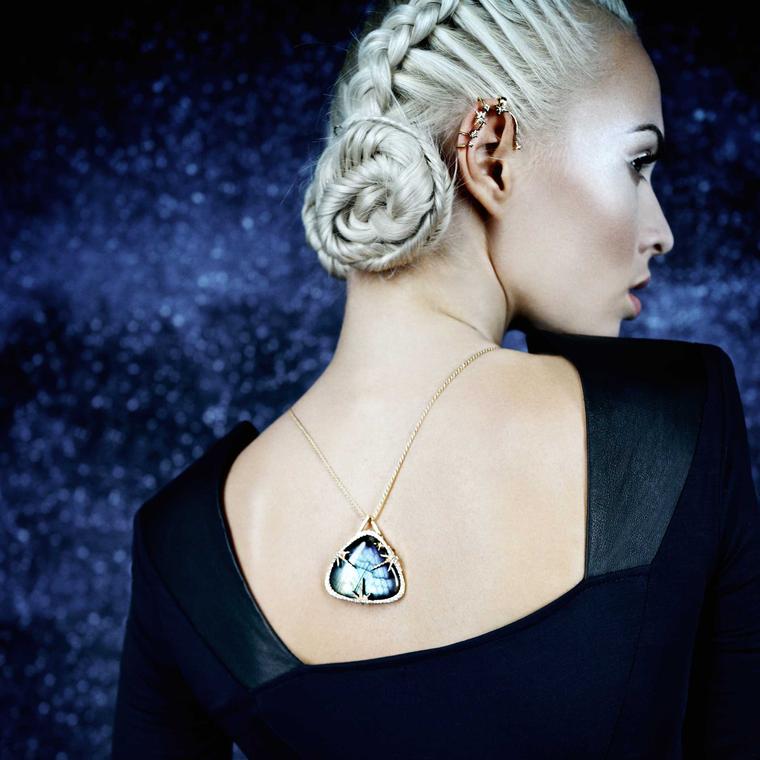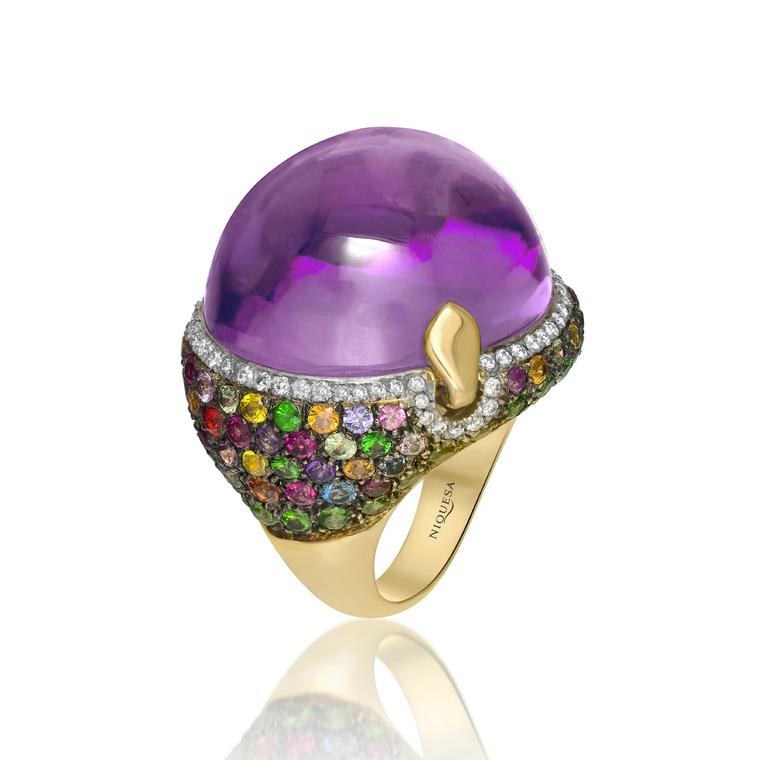The thought of burglars rifling through our personal possessions is something that fills most of us with horror, but Susan Wheeler managed to turn a traumatic experience into something positive. It was after the theft of all her jewelry during a break-in at her Chicago home that Susan decided to design her own replacements.
Susan’s love for jewelry and colored gemstones stems back to her childhood when her grandmother gave her a charm bracelet, to which she added charms collected on her travels around the world. “My favorite charm was a gold elephant encrusted with my birthstone, emeralds. That began my love of emeralds and colored gemstones,” recalls Susan.
While she studied Fine Arts and Art History in college and embarked on an MFA in Fiction Writing, Susan also built up a sizeable jewelry collection over the years. Following the burglary, she enrolled on a metalsmithing course and, before long, had decided to pursue jewelry design as a career. “After my first metalsmith class I was hooked, and after my first trip to the Gem Show in Tucson, Arizona, I was obsessed,” she explains.
Her obsession with texture is what underpins many of the designs she creates for her eponymous jewelry brand. Eschewing traditional hammering and wax-carving techniques, Susan focuses instead on the use of metal clays to create the truly unique impressions that are now part of her signature style.
Originally developed in Japan in 1990, metal clay usually involves mixing small particles of metal with an organic binder and water, before molding it into the desired shape and then heating it to burn away the binder. However, by experimenting with the technique, Susan came up with her own method whereby she leaves the clay compound to dry naturally, resulting in textures that closely resemble the surfaces we find in nature, on rocks, on trees and in the ground. She says: “Only clay from the earth is able to mimic the patterns that the earth makes. I work with the clay to replicate the pressures that are put on the elements in nature. My original models are made without any tools and a final piece is made with lost wax.”
Sitting alongside the textured platinum and recycled gold is a shimmering kaleidoscope of colored gemstones, including mouth-watering watermelon tourmaline, green tsavorite, and tranquil blue labradorite. “As you can tell, I love all gemstones, and usually my last purchased gem is my favorite. At the moment it is a giant rough opal crystal in an egg shape. But I have a true love for working with dendritic quartz from Northern Brazil,” says Susan.
Dendritic quartz contains fern-like inclusions of iron, manganese or other metallic oxides, which create bold patterns within the gem. Each stone is completely unique as no two dendritic patterns are exactly the same. Susan explains: “Each piece of dendritic quartz has its own tiny world inside of it. I pick the gems based on what I see in them and based on their colors. I never like to tell others what I see inside of a gem, because we must each see for ourselves. When my dendritic quartz dealer comes back from Brazil, I like to get first pick of the goodies.”
While Susan lives in Chicago with her husband, three children, and an assortment of pets, it is the nature of the Northern Michigan woods that inspires many of her creations, which combine classic silhouettes with a contemporary aesthetic. She says: “It's not only the beauty of nature, but how did nature make that beauty and what makes it beautiful? It is the patterns of bark growing on a tree, the dendritic branching that forms riverbeds, and the ripples that waves leave on the sand. This is what I am thinking of when I dry my clay molds in the sun, or work the clay around a gem. Is this the way the gold would look coming from the ground? Is this the way a gem would look being pushed from the earth?”
The colored gemstones themselves are also often the starting point for a new, unique Susan Wheeler jewelry design. “They are so beautiful, naturally I want to come back in my next life as a gem dealer, so I can go around the world finding new ones!”


